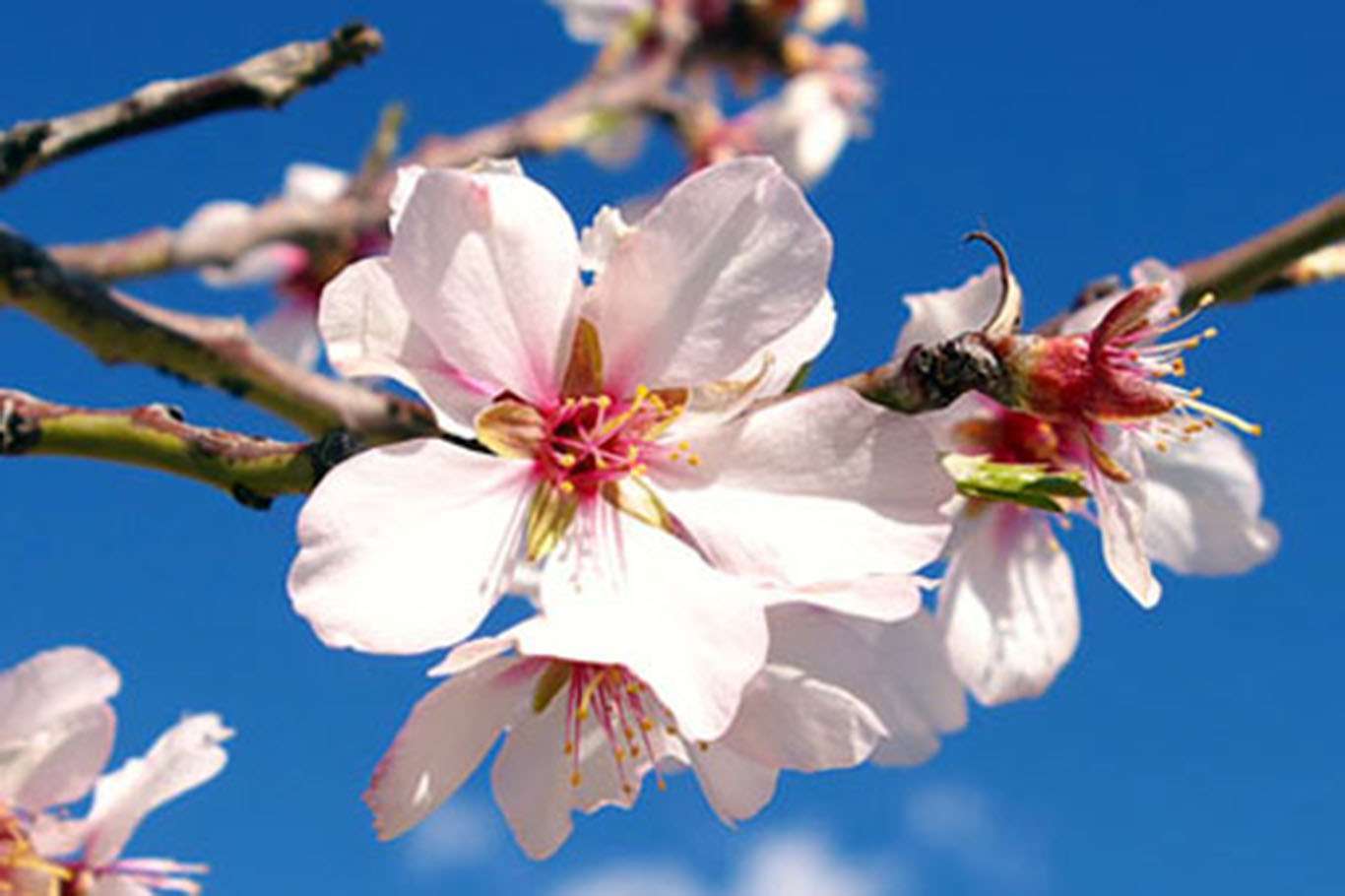The first Cemre falls to air, according to Anatolian folklore


In Anatolian folklore, spring arrives only after the three Cemres that are seen as a herald of Spring have occurred.
Cemre means “ember of fire; a piece of fire; coal in form of fire” in Arabic and defines warming up and the pile of stones thrown by Muslims at the Mount Mina during the pilgrimage.
In Anatolian folklore, Cemre is three fireballs that come from the heavens to warm earth at the end of each winter. Each cemre warms one aspect of nature.
Each cemre happens a week apart and heats one aspect of nature.
The first cemre falls to air between February 19–20. The second cemre falls to water between February 26–27. The third cemre falls to the ground between 5–6 March. (ILKHA)
LEGAL WARNING: All rights of the published news, photos and videos are reserved by İlke Haber Ajansı Basın Yayın San. Trade A.Ş. Under no circumstances can all or part of the news, photos and videos be used without a written contract or subscription.
Türkiye’s household landscape is undergoing significant changes, with the average household size shrinking, one-person households on the rise, and stark regional differences in family structures.
Türkiye witnessed a continued and alarming decline in fertility in 2024, according to the latest figures released by the Turkish Statistical Institute (TurkStat) on Tuesday.
Türkiye’s Ministry of Health has introduced sweeping new regulations aimed at reducing the rate of medically unnecessary cesarean sections and promoting natural births, as part of its nationwide “Healthy Türkiye Century” initiative.
The Turkish Statistical Institute (TurkStat) reported Friday that Türkiye’s child population, aged 0-17, constituted 25.5% of the total population of 85.7 million in 2024, totaling 21.8 million children. Boys made up 51.3% of this group, and girls 48.7%.